AIA reveals best small American architecture projects of 2016
The American Institute of Architects has announced the winners of this year's Small Projects Awards, which include a tiny floating sauna and a mobile dental surgery in a trailer (+ slideshow).
The AIA chose nine small-scale projects by US architects for the 13th edition of the annual awards, which recognises the best from the past year.
Recipients are divided into two groups: category one encompasses small builds, objects, works of environmental art or architectural designs up to $150,000 (£113,000) in construction cost; category two is for small projects up to $1,500,000 (£1,130,000) in construction cost.
Selected by a jury of industry professionals, the winners also include a cabin clad with blackened pine in a Wisconsin forest.
"With construction budgets regularly running into the tens and hundreds of millions of dollars, it's important to emphasise the impact smaller projects can have," said jury chair Marika Snider. "As architects we strive to provide clients with more than just buildings, but solutions to improve life – these projects highlight this notion."
Read on for a brief overview of each of this year's Small Projects Awards winners from the AIA:
Category One
WA Sauna; Seattle by goCstudio
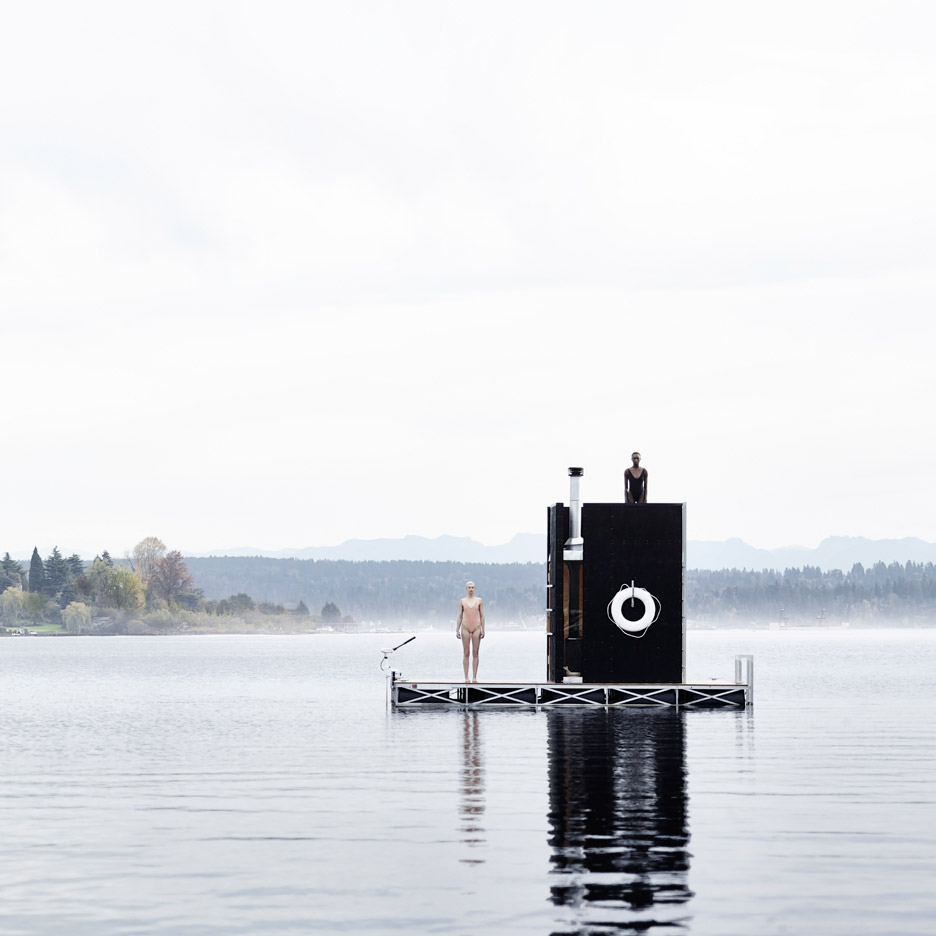
This floating sauna, funded through the support of a crowdfunding campaign, functions as a boat that can be moored at a marina or private property and taken out on the open water as needed.
The interior space is heated by a simple efficient wood burning stove. As a mobile piece of architecture, WA Sauna is able to engage with the many inhabitants living aboard boats and houseboats as well as the large community of boaters, kayakers, paddle boarders and rowers.
Using a pre-manufactured aluminium frame and floatation system for the deck, WA Sauna can be seen quietly exploring Seattle’s lakes on a regular basis. Find out more about WA Sauna »
Deployable Smocked Porch; Winterset, Iowa by Substance Architecture
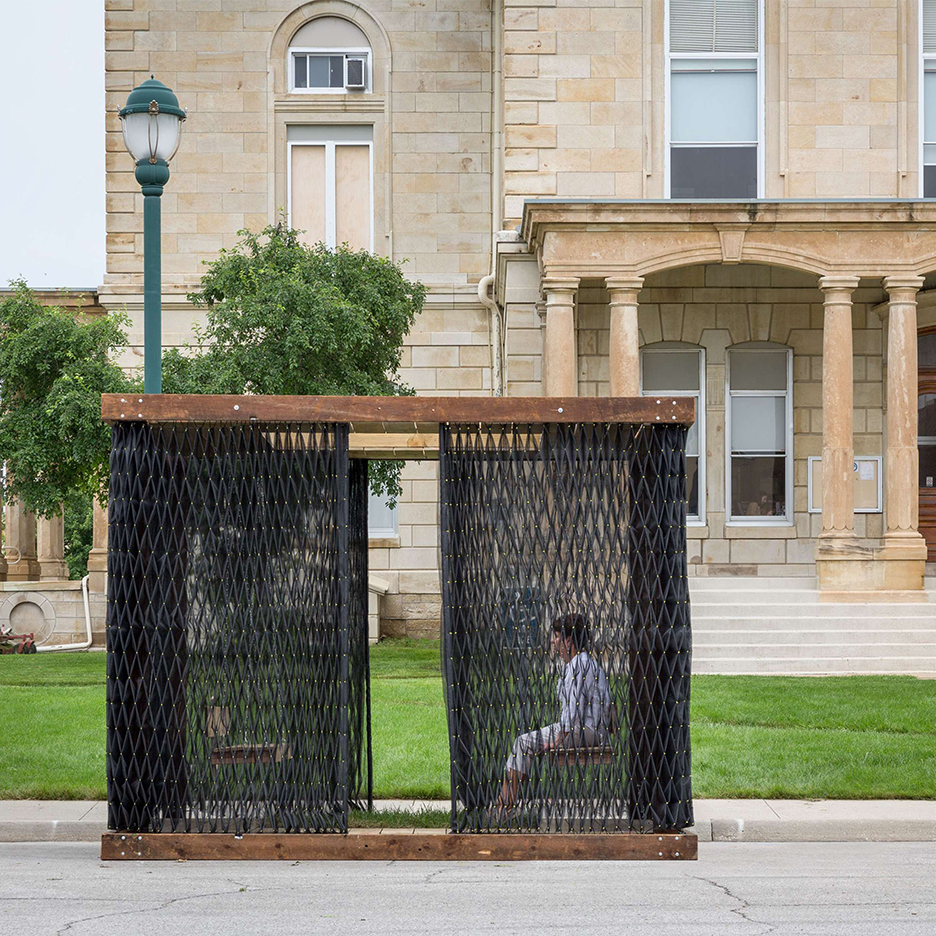
A simple wooden frame defines the small space and supports two porch swings. The smocked screening creates curtains that can be opened and closed to allow access, as well as provide shade and enclosure.
A rectangular opening in the roof allows a defined shaft of daylight to enter the space. This opening is echoed in the small turf area cut into the floor. The project was designed and constructed adjacent to the courthouse square in Winterset as a pro bono effort to support The Iowa Preservation Alliance.
The wood was salvaged from a demolished home, and the labor to sew, fabricate, and construct the space were provided by the design team. As a result, the budget for the project was $900 (£680).
Weihnacht Huts; Bethlehem, Pennsylvania by NAD
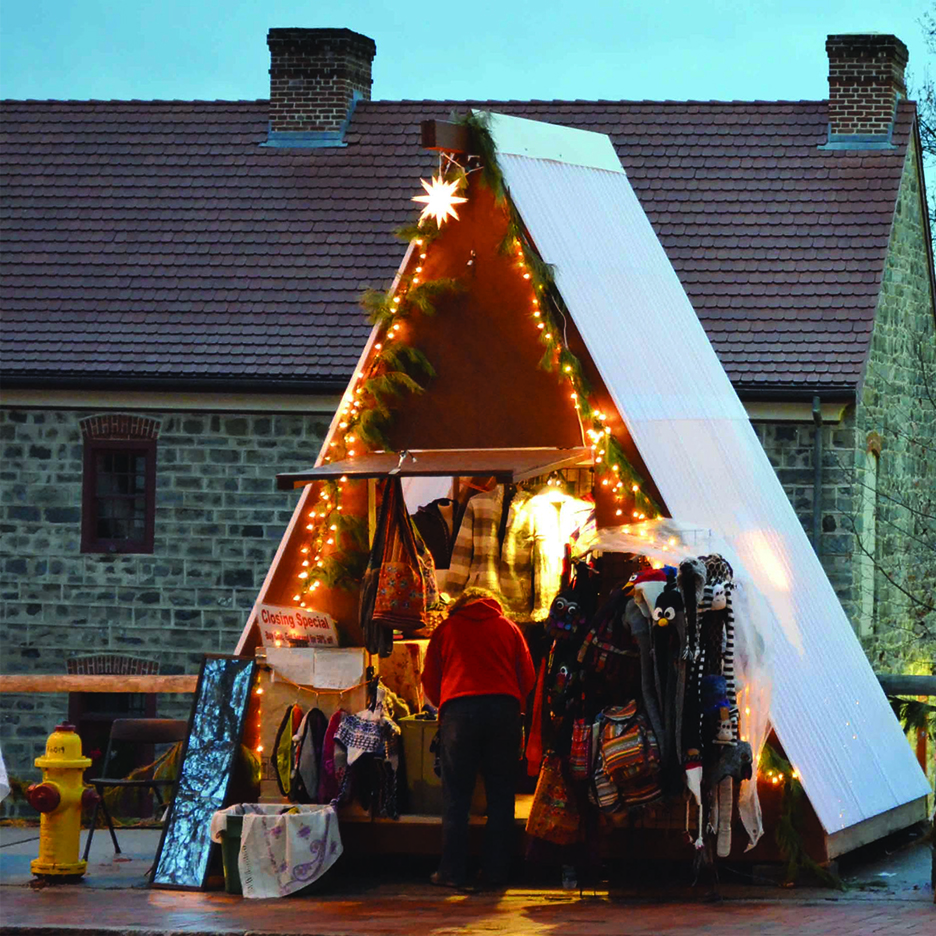
This pro-bono design is for thirty-five craft exhibit huts for an authentic German Weihnachtsmarkt (open-air Christmas market). The huts feature a steeply-sloped roof designed for snowfall and a ridge line borrowed from traditional Moravian vernacular.
With a limited budget for materials ($286 per unit), paired with the necessity for the structures to be taken apart and stored every year, the deck, walls, and roof panels are constructed as single units to be taken apart, transported, and stored flat with ease. The poly-carbonate roof is not only easy to dissemble, but also allows for a large amount of light and warmth inside during the day.
During the night the huts are illuminated from within and emit a lovely glow to add to the magical Christmas atmosphere of Bethlehem's historic district.
Carnegie Library of Pittsburgh Studio Hive; Pittsburgh by GBBN Architects
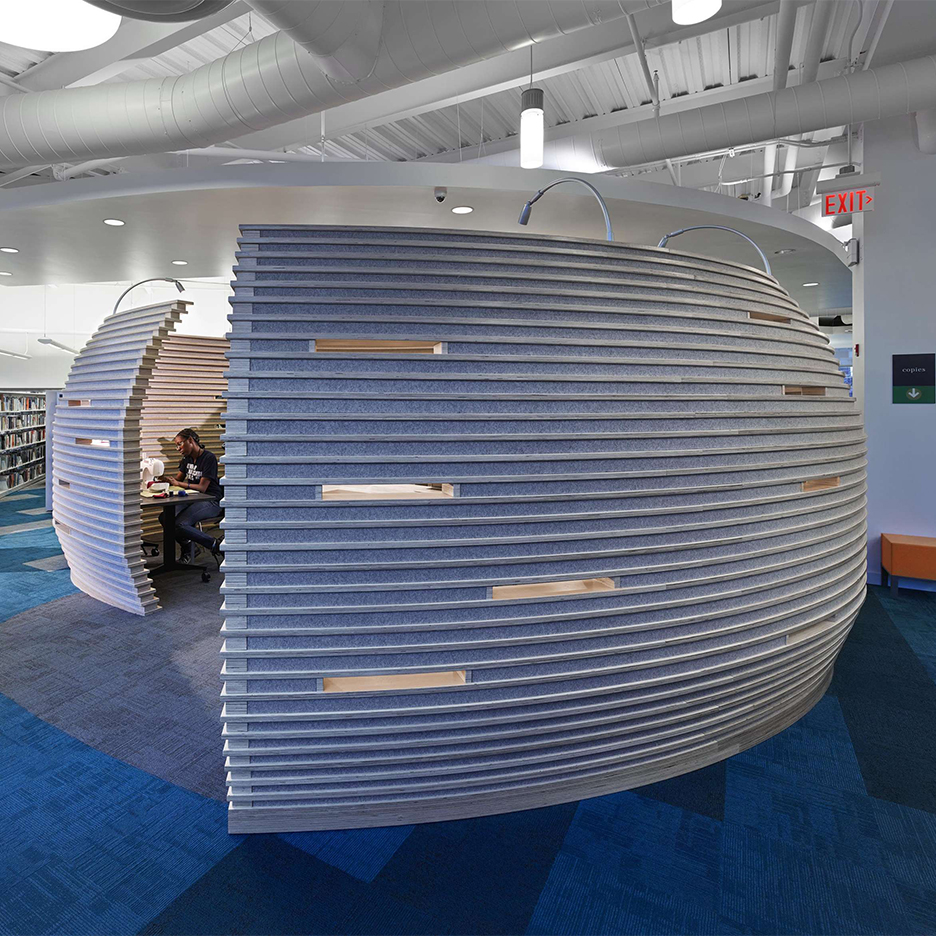
The Studio Hive is part of the Teen Zone in the East Liberty Branch of the Carnegie Library of Pittsburgh. Made of wood and sound absorbent industrial felt its creation has contributed to a 350 per cent increase in attendance at the library's teen programs and events.
The design team developed a three-dimensional digital model of the hive which allowed designers to tune the form and refine it to minimise material waste.
The connection to both the remaining library space and to the street provides teens with a sense of their social context and environment while they occupy a space that is uniquely personal.
Category two
Girl Scouts Camp Prairie Schooner; Kansas City, Missouri by El Dorado Inc
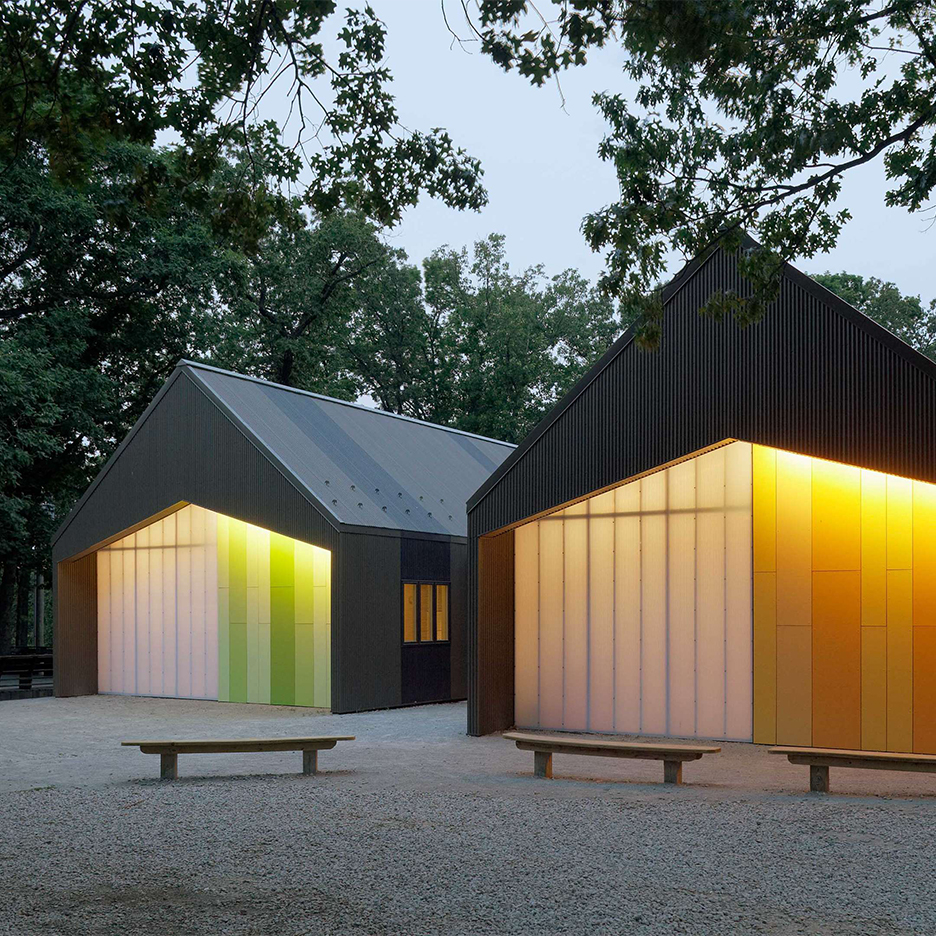
Camp Prairie Schooner features a dining hall, five permanent units, two buildings for troop use, a 40-foot (12-metre) rappel tower, an archery range, a swimming pool and a zipline.
The load bearing walls of the structures are constructed of two-by-six wood studs, that in turn support a series of common & scissor trusses. The envelope is clad with corrugated metal panels, complementing the wood and aluminium clad windows and skylights.
The end of the bunk houses are a combination of fluted polycarbonate glazing and painted concrete board over a rain screen system. All mechanical systems are concealed within the trusses. The pendant lights are custom fixtures designed and built by a former girl scout.
Linear Cabin; Alma Lake, Wisconsin by Johnsen Schmaling Architects
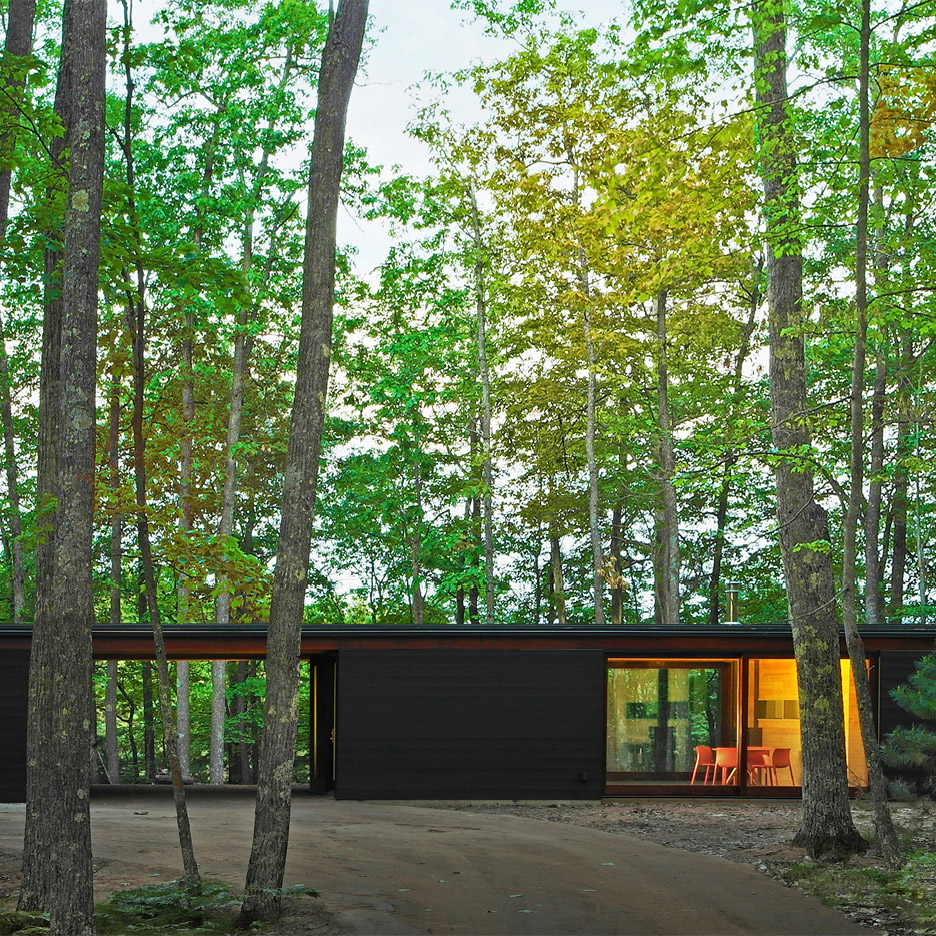
The Linear Cabin is a small family retreat, its low-slung body sitting in a small clearing in Wisconsin’s North Woods. The building consists of three identically sized, nearly opaque boxes tied together with a continuous thin roof plane.
The voids between the boxes serve as picture frames, allowing for unobstructed views through the building from the outside and into the sylvan landscape from within. The interior is clad in knotty pine, and is tempered by its crisply detailed joints and the simple lines of the lacquered millwork throughout.
On the outside, the cabin is wrapped in blackened cedar, its somber darkness echoing the weathered monochrome of traditional Wisconsin cabins. Find out more about Linear Cabin »
St Pius Chapel and Prayer Garden; New Orleans by Eskew+Dumez+Ripple

Designed as a quiet refuge and intimate sanctuary for sacred reflection and contemplation, the new chapel is a subtle addition to the landscape.
The sanctuary, which complements the modernist character of the adjacent church (circa 1963), is small but tall, keeping occupants close while inspiring reverence.
Beyond a few pieces of furniture and religious items, the space’s power and purpose is enhanced by its very simplicity allowing occupants worship in quiet and contemplative solitude, without distraction.
Studio Dental; San Francisco by Montalba Architects
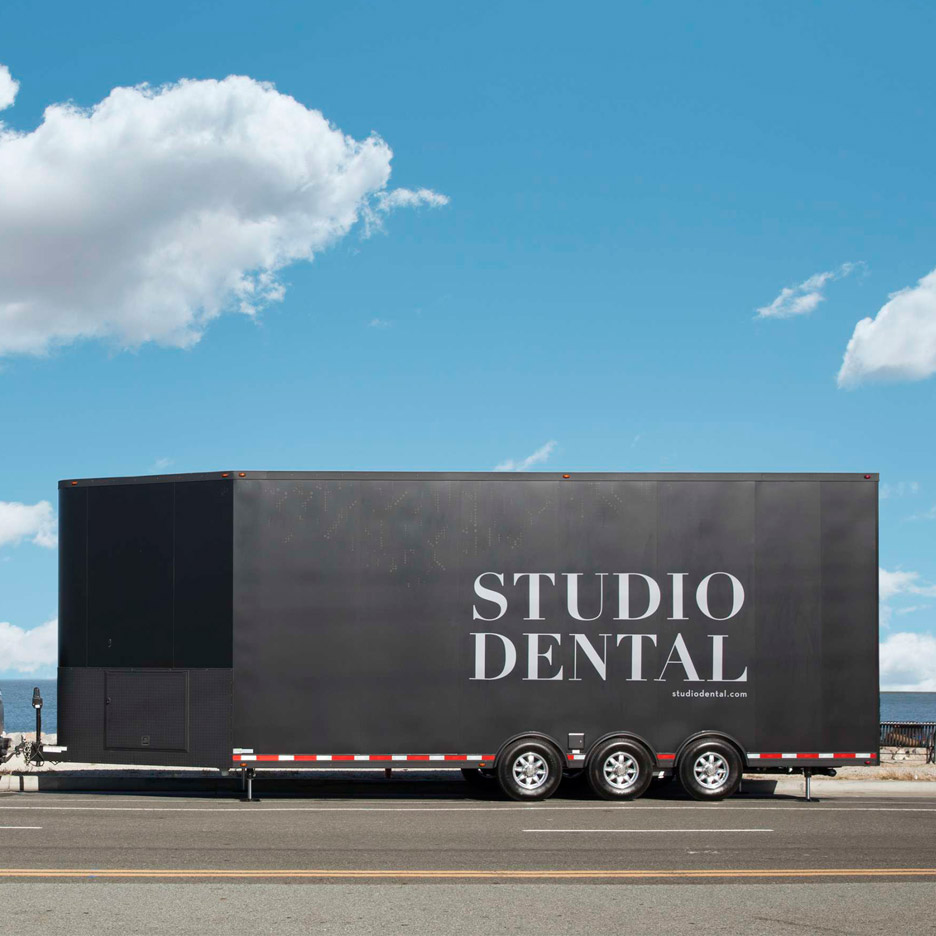
The challenge was to create a spacious interior while packing Studio Dental’s required program for its mobile unit, which travels to businesses offering convenient dentistry. The 26-foot-long trailer with 230 interior square feet features a waiting area, sterilisation room, and two operatories.
The sterilisation room is hidden behind millwork panels that wrap around to form the patient waiting bench. A centralised, double-sided millwork panel houses equipment for both operatories and gestures up to 11-foot-plus ceilings with translucent sculpted skylights.
The materials reinforce Studio Dental's identity with natural wood millwork, bright-white surfaces, and a custom perforation pattern. Find out more about Studio Dental »
Village Health Works Staff Housing; Bujumbura Burundi by Louise Braverman
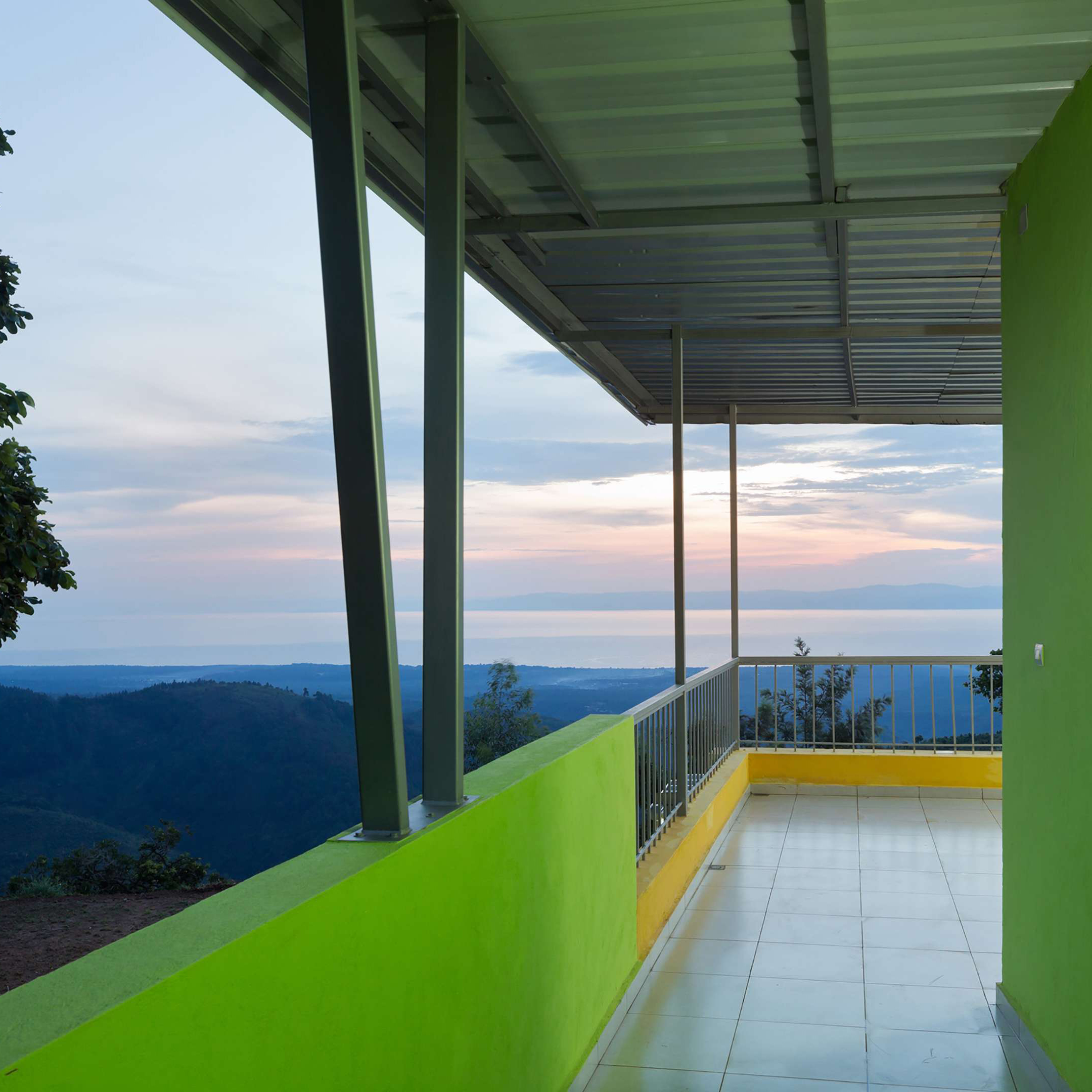
Embedded in the mountainside of an off-the-grid rural village in Burundi, this 18-bed staff housing is a bridge between East African elemental aesthetics and inventive sustainability.
Cutting a skewed line in the terrain, the 6000-square-foot (560-square-metre) dormitory captures breathtaking mountain views. The same moves that establish its visual presence, such as airflow enhancing porches, also advance its sustainability.
Currently rebuilding after many years of horrific civil strife, the villagers hope that this housing will create a model for the sustainable future of both the community and the country.